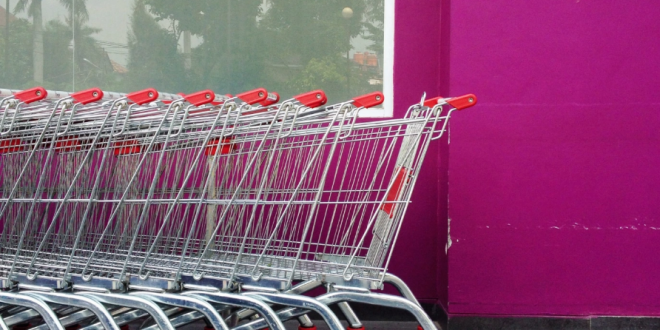A woman attempted to steal a chainsaw by stuffing it down her trousers in a recent episode of “Customer Wars.” And it’s possible that you saw the burglars robbing Ulta on tape.
These videos are all over the internet, and the retail sector reports that theft is on the rise. Walmart has warned that rising thefts may lead to higher prices and shop closures, while Target estimated that organized retail crime could cost it hundreds of millions of dollars in lost profits in 2022.
Retailers refer to losses as “shrinkage” when describing losses from goods theft, damage, or loss. Shrinkage has reportedly grown to be a $100 billion concern for retailers over the last five years, according to the National Retail Federation. In-depth analysis of shrinkage by the NRF indicates that theft accounts for 65% of it.
bring in Nvidia. The business, well-known for creating graphics processing units, unveiled three new Retail AI Workflows as a part of its NVIDIA AI Enterprise product line. These processes are designed to make it easier for developers to create and release anti-theft applications more quickly.
The workflows are created using Nvidia’s Metropolis Microservices, a low- or no-code method of creating artificial intelligence applications and integrating them with a business’s legacy systems, like point-of-sale, according to Azita Martin, Nvidia’s vice president for AI for retail, CPG, and QSR, in a pre-briefing with media this week.
These three tools are:
The main tool—or, if you prefer, the fun tool—is the retail loss prevention AI workflow. Martin explained that this workflow was pretrained with hundreds of photos of the most commonly stolen goods — we’re talking about booze, detergent, over-the-counter drugs, and even steak — so that the AI could distinguish the variety of bottle and container sizes and shapes. The training also includes any new items that are scanned at the register.
Martin continued, “We mostly concentrated on the brands that are produced by consumer packaged goods businesses, but it may be tailored for a certain merchant. To further train it for all of the many things that that specific retailer sells in their stores, they can use synthetic data generation and some additional data.
The multitarget, multicamera features enable application developers to design systems that track items across numerous cameras spread out around the store. Multi-Camera Tracking AI Workflow To protect the privacy of customers, tracking of things is done through visual embeddings or appearance rather than individual biometric data.
Martin said, “If things are moved while customers are traveling around the store, it records those products or even tracks shopping baskets or carts from camera to camera. “It also provides retailers with a summary of the customer journey inside the store. Therefore, this is yet another sector in which retailers have expressed a great deal of interest.
Workflow for Retail Retail Analytics: Using computer vision, this product provides insights for store analytics, such as store traffic trends, counts of customers with shopping baskets, and aisle occupancy via customized dashboards.
A heat map lets you see where your consumers are most frequently going and their preferred routes, according to Martin. That enables you to enhance sales by optimizing the store’s assortment and merchandising.
The National Retail Federation Conference, which starts on January 15 in New York, will provide more information on these new tools.
 Tech Gadget Central Latest Tech News and Reviews
Tech Gadget Central Latest Tech News and Reviews




